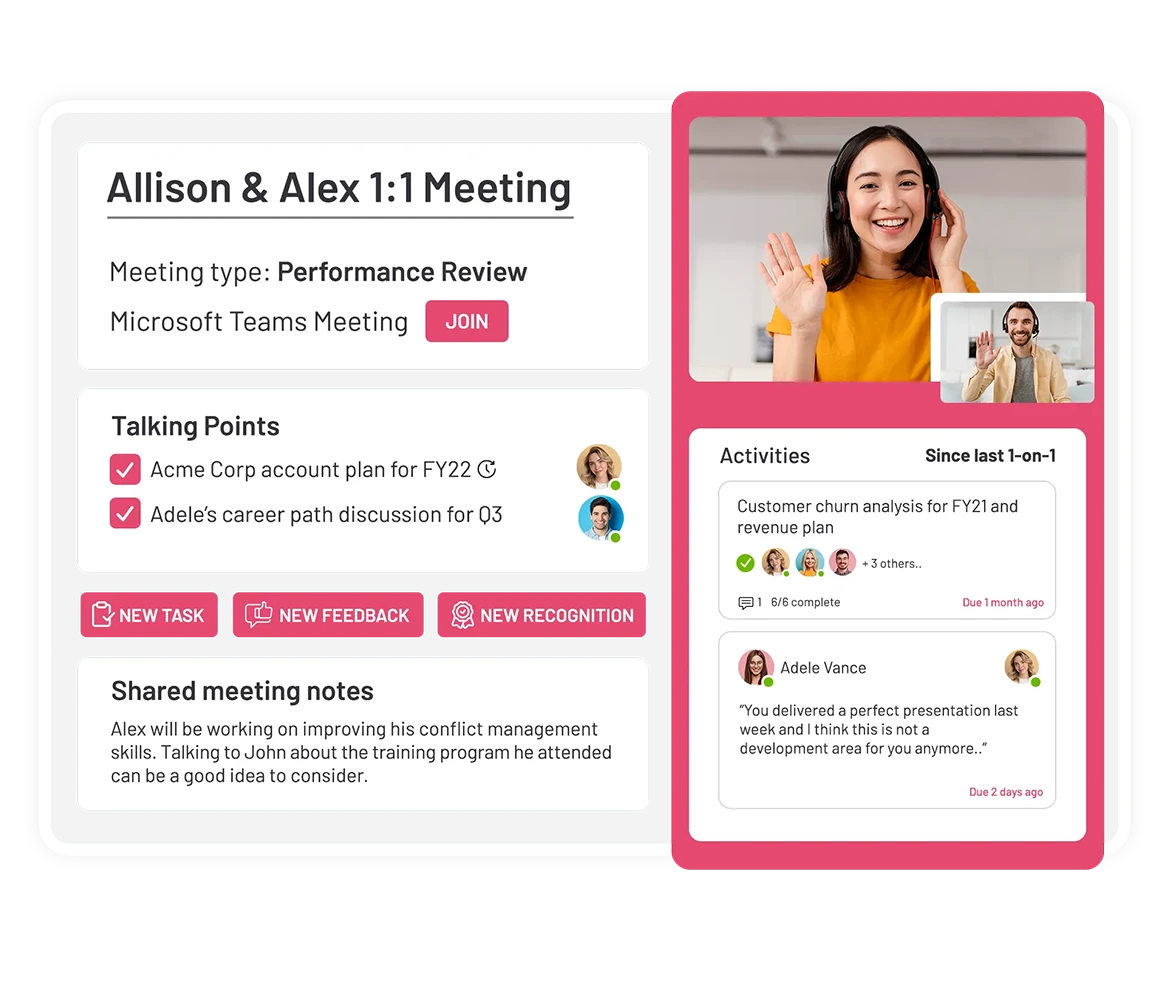If you’re trying to figure out who has potential and who needs to improve, 9 box talent reviews can come in really handy.
Although 9 box talent reviews can’t solely determine the potential of your employees they can give you an overview and help identify who can excel. Furthermore, 9 box talent reviews will help you pinpoint the employees with leadership skills.
Below you will find how to conduct a 9 box talent review, the benefits and limitations of conducting a 9 box talent review, and more! So, without further ado, let’s get started!
Table of Contents
Supercharge Your Performance Reviews with Teamflect!
Gain deep insights using our 9 box talent review and 360-degree feedback features. Seize the opportunity to transform your approach to employee development.
Start your Teamflect journey now for an empowered and engaged workforce!



